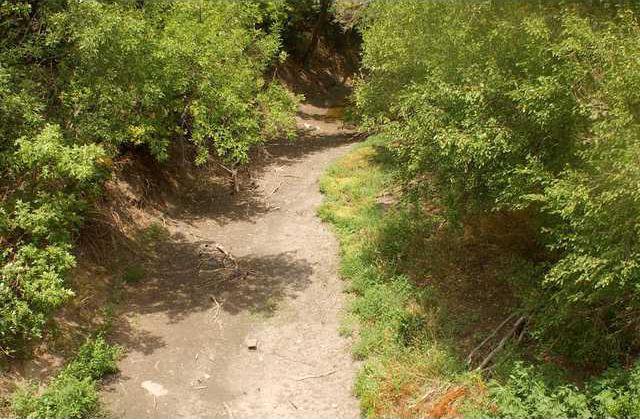Rainfall that finally returned to central Kansas this past week was certainly welcomed, but state officials warn that, while it is a step in the right direction, it is far too little to have taken the state out of the drought that continues to impact its agriculture and many of its community water sources.
Officials from the Kansas Water Office continue to chart the precipitation — and its lack — and much of the state remains stressed, even with the recent addition, it was noted this week.
According to KWO information, several Kansas counties remain in the most severe levels of “drought emergency,” and more than half of all Kansas counties are feeling some impact from the lack of precipitation.
Counties that are currently listed in the worst level, drought emergency, include: Barber, Clark, Comanche, Harper, Kingman, Kiowa, Meade, Morton, Pratt, Reno, Seward, Stafford, Stanton, Stevens, and Sumner.
Next are the “drought warning” counties, and those include: Barton, Butler, Cowley, Edwards, Finney, Ford, Gove, Grant, Gray, Greeley, Hamilton, Harvey, Haskell, Hodgeman, Kearny, Lane, Logan, McPherson, Ness, Pawnee, Rice, Scott, Sedgwick, Trego, Wallace, and Wichita.
At a less stressed level are the “drought watch” counties, and those, according to the KWO include: Allen, Anderson, Bourbon, Chase, Chautauqua, Cherokee, Cheyenne, Coffey, Crawford, Decatur, Dickinson, Elk, Ellis, Ellsworth, Graham, Greenwood, Labette, Lincoln, Linn, Lyon, Marion, Montgomery, Neosho, Norton, Ottawa, Phillips, Rawlins, Rooks, Rush, Russell, Saline, Sheridan, Sherman, Thomas, Wilson, Woodson.
“A total of 46 counties are designated federal agricultural disasters due to drought, high winds and excessive temperatures and are now eligible for federal programs, along with the 20 counties contiguous to these counties,” according to the water office.
Due to the drought, there have been some concessions from federal officials on rules to help agriculture producers. For example, Kansas has 38 counties that have been approved by the US Department of Agriculture Farm Service Agency for Conservation Reserve
Program emergency haying.
In this area, those counties include Barton, Edwards, Ellsworth, Hodgeman, Ness, Pawnee, Pratt, Rice, and Stafford counties.
There are stipulations for how the emergency use is allowed, the KWO noted. “Emergency haying is allowed through Aug. 31 and emergency grazing in approved counties is allowed through Sept. 30. Emergency haying and grazing are not allowed on the same acreage. All livestock must be removed by the end of this grazing period.”
According to the water office information, “emergency haying and grazing of CRP acreage may be authorized to provide relief to livestock producers in areas affected by a severe drought or similar natural disaster.”
Drought damage is deep
Rain was welcome, but more is needed





